Bernini painter on display at Zani Foundation: works from family collection
From Sept. 8 to Oct. 29, 2023, the Paolo and Carolina Zani Foundation House Museum in Cellatica (Brescia) is offering the exhibition Private Bernini. La forza e l’inquietudine, which showcases several paintings by Gian Lorenzo Bernini (Naples, 1598 - Rome, 1680) from the private collection of Fabiano Forti Bernini, a descendant of the artist. The exhibition project is coordinated by Massimiliano Capella, director of the Paolo and Carolina Zani Foundation House Museum, with Steven F. Ostrow and Francesco Petrucci, among the leading experts on the Baroque artist.
The investigation of Bernini’s production in the field of portraiture and figure painting is still open. Therefore, the exhibition occasion promoted by the Zani Foundation aims to explore the topic by providing renewed insights into seventeenth-century painting. The paintings made by Bernini, as reported by his son Domenico Bernini in his biography dated 1713, are estimated to have been between 150 and 200. Those now known and believed to be autographs, about twenty-five. The exhibition-study proposes a selection of four, together with the bronze of the famous David in the Borghese Gallery, which have been kept in the Forti Bernini collection for centuries. It is precisely the David that is the pivot around which the canvases depicting St. Sebastian, Samson and the Lion, the Allegorical Angel and the Portrait of Martino Martini have been arranged. The title of the exhibition reiterates the intimacy of the vision, while referring to the everyday private dimension that characterizes the vision of the Collection.
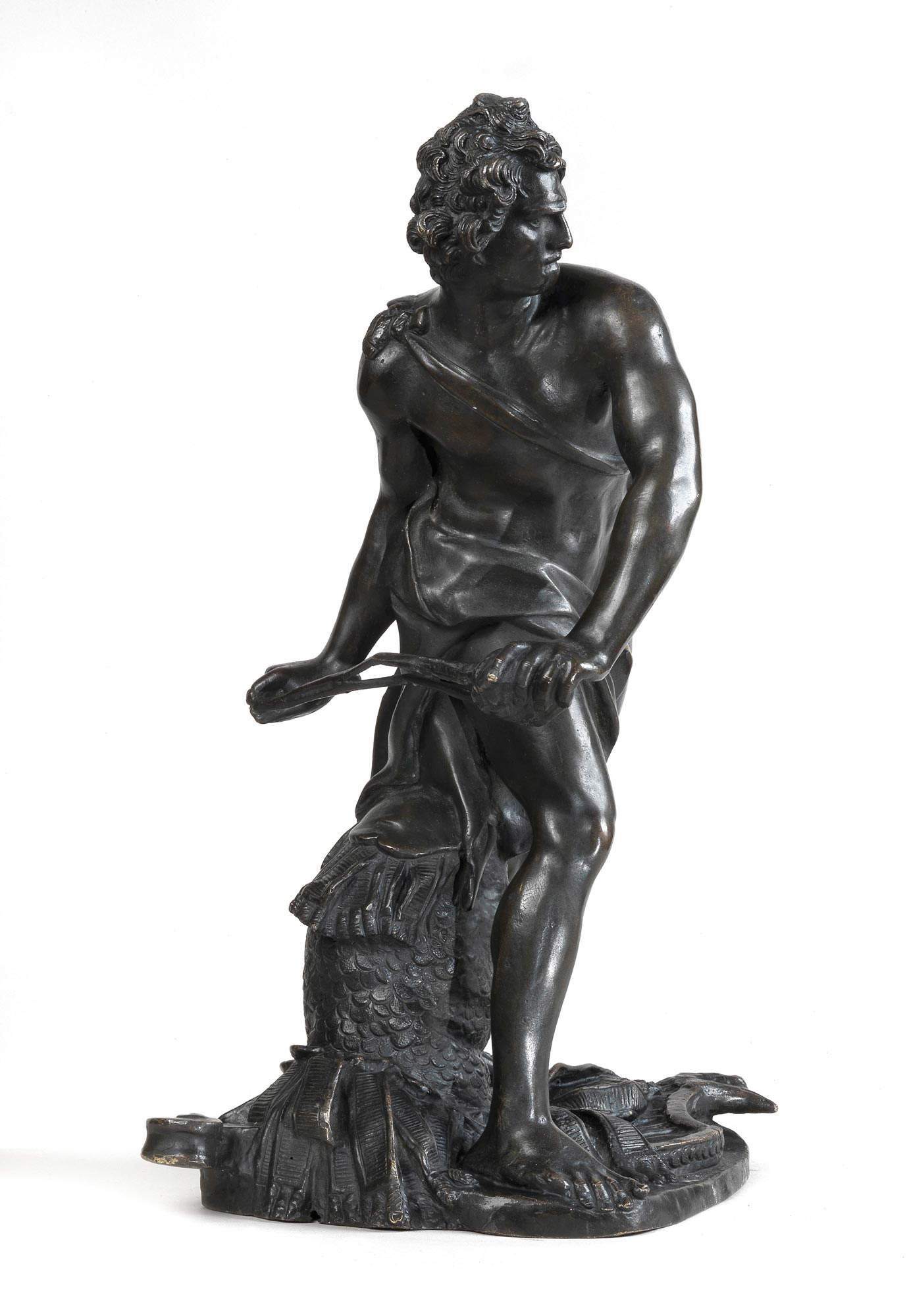
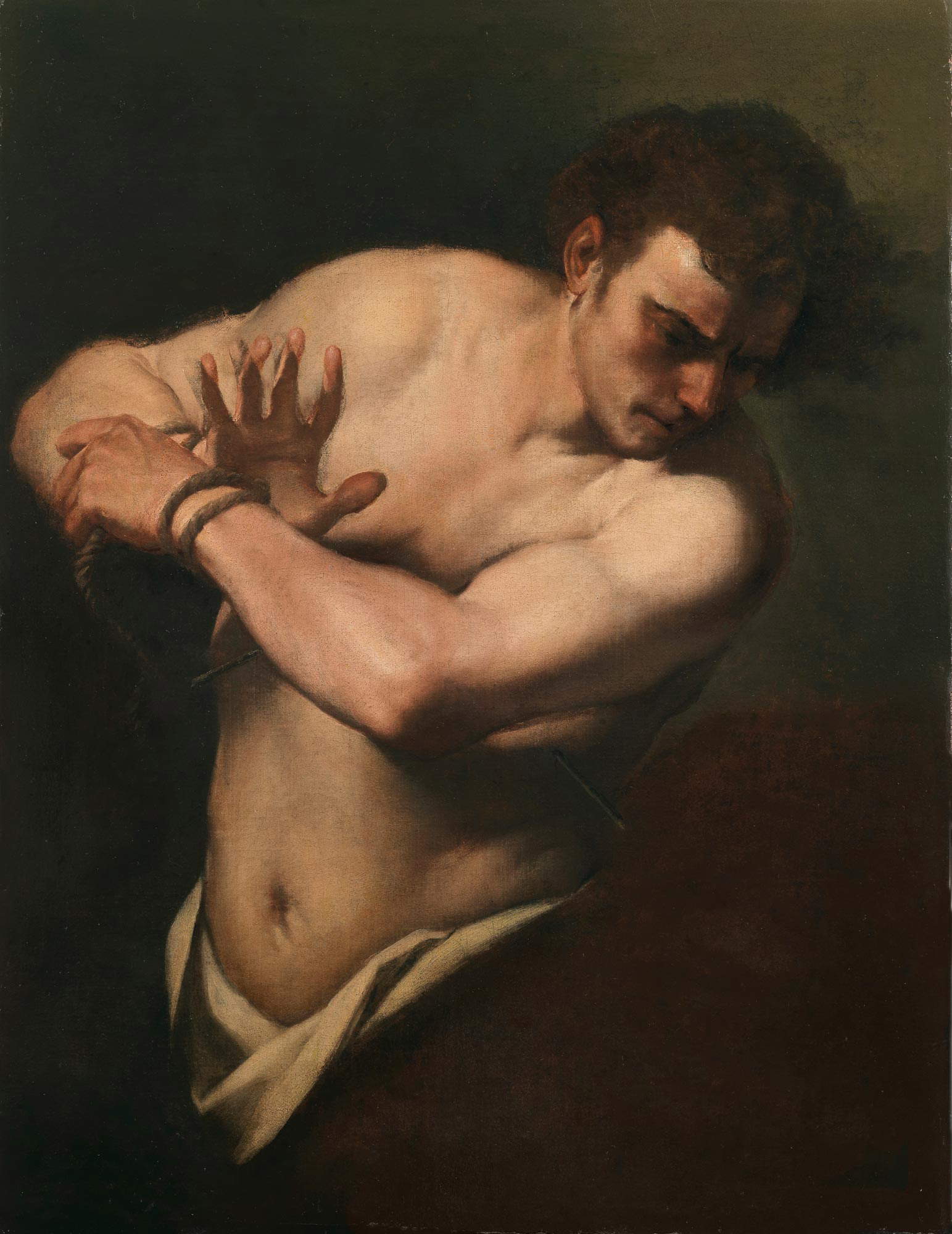
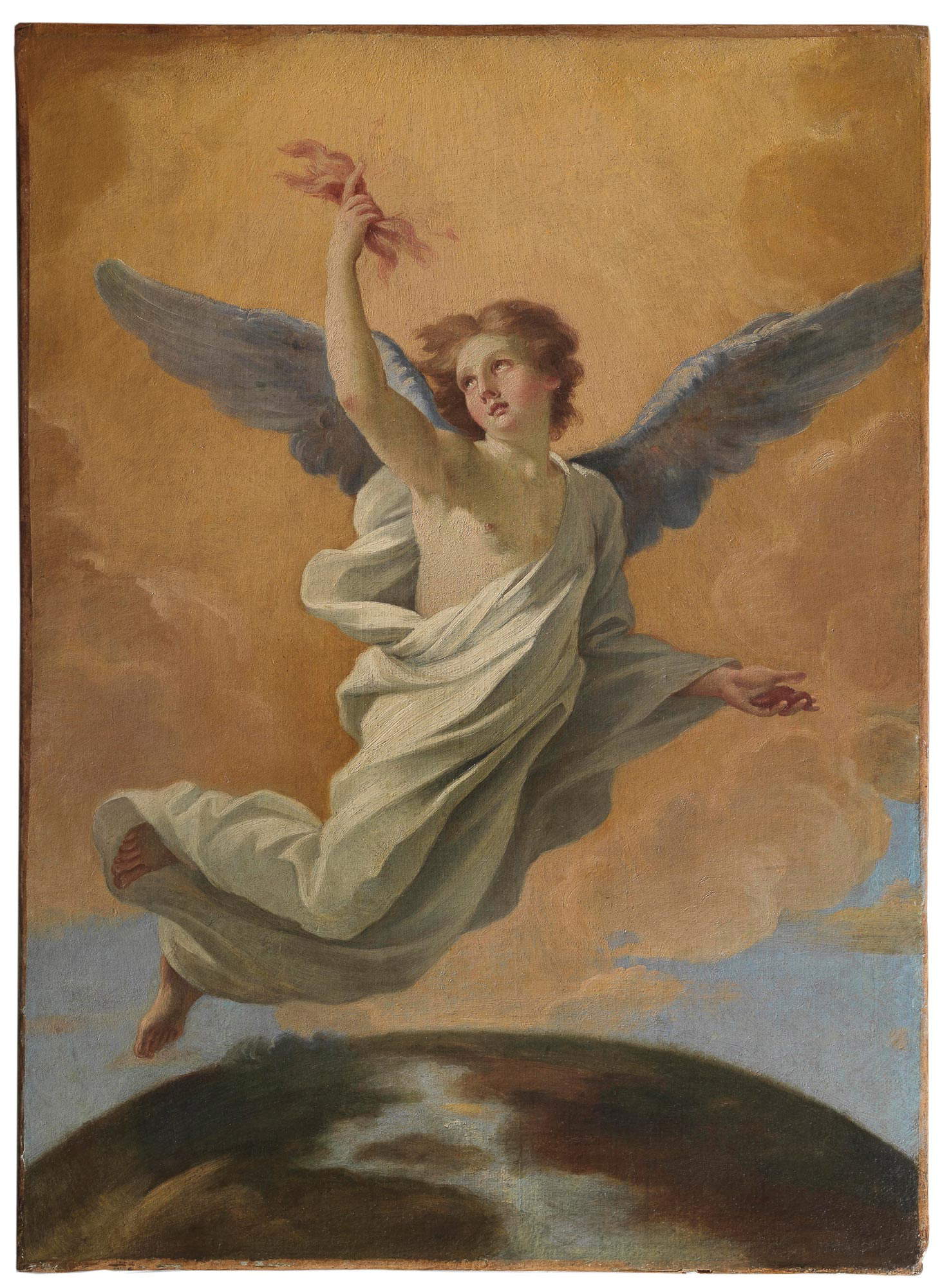
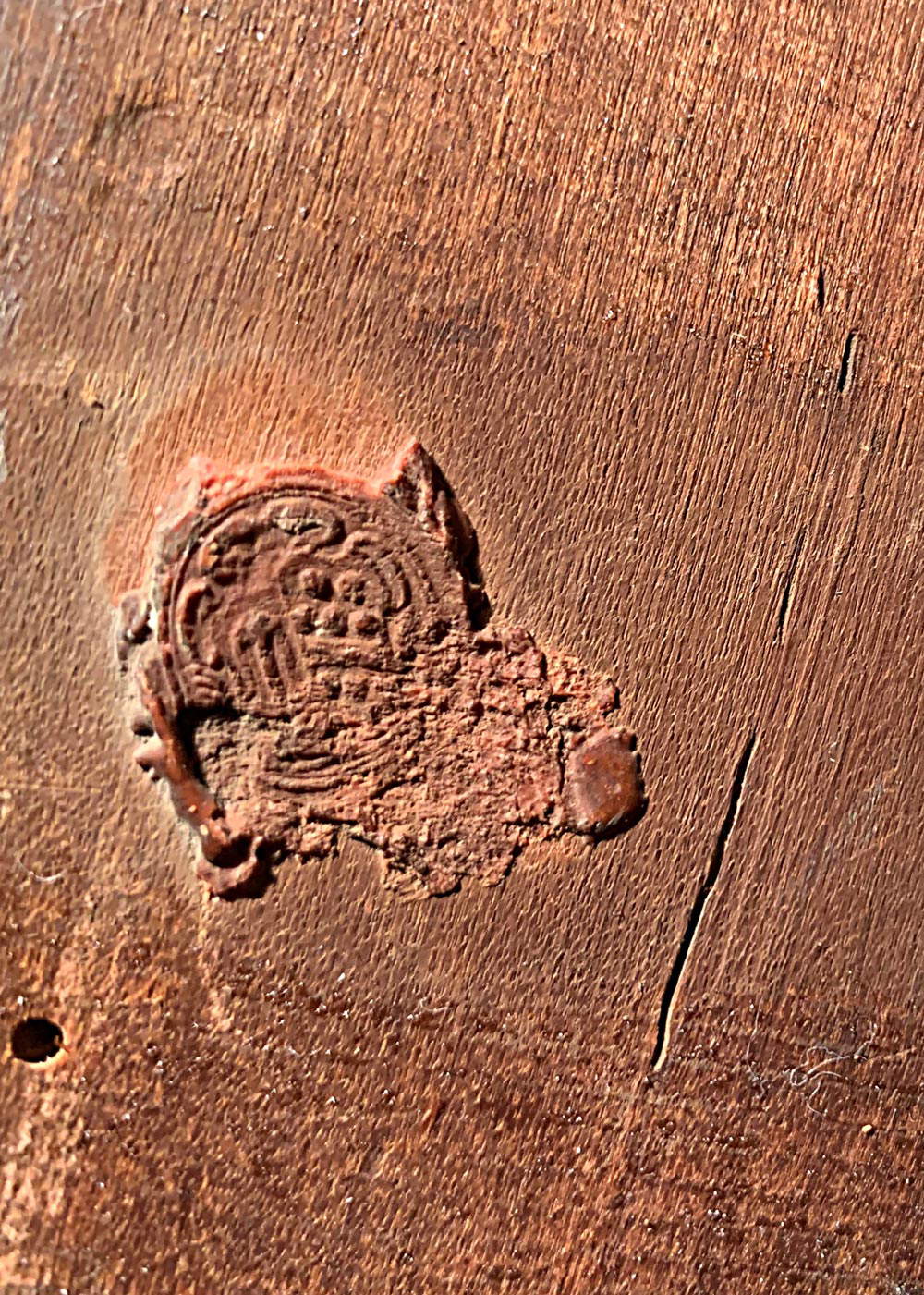
The bronzetto, central to the display, takes on a character of exceptionality in the context of the author’s manifest propensity for grandiosity. Emblematic is the phrase he addressed to Monsieur de Chantelou on September 7, 1665: “Speak to me of nothing that is small.” In Baroque Rome, and more generally between the 18th and 19th centuries, aided by the phenomenon of the Grand Tour, many talented sculptors tried their hand at producing small artifacts as souvenirs of the trip to Italy. In contrast, Bernini rarely approached small-format production, merely providing the drawing as in the case of the proposed sculpture.
The extraordinary painting Saint Sebastian offers an entirely innovative reading of mart yrdom compared to the canonical depiction of the martyred saint. The bowed head, the gaze directed over the shoulder (not, therefore, toward heaven), the naturalistic rendering, and the angry expression as he attempts to free his hands from the ropes, delineate the restless image of one who does not serenely accept his fate. The painting certainly corresponds to the work mentioned in the 1649 inventory of Cardinal Francesco Berberini’s property. The provenance is confirmed by the seal of the Cardinal affixed to the back of the original canvas, applied to the rintel during the 2016 restoration. The work, after a first mention in 2017 in the catalog accompanying the Bernini exhibition at the Galleria Borghese, appears only once more, within the catalog of the exhibition La luce del Barocco (Palazzo Chigi, Ariccia 2020-21).
The Allegorical Angel has belonged to the Bernini family since, at least, the 18th century. Indeed, the back of the work has a wax seal composed, for half, of the Bernini coat of arms and, for the other, that of the Maccarani family (wife of Bernini’s eldest son, the sculptor Paolo Valentino). The presence of the seal ascertains how the painting was in Paolo Valentino’s house, probably from the death of his father Gian Lorenzo. The love-soaked gaze turned to heaven, the flame and the heart, lead back to the traditional iconography of the Allegory of Divine Love. Unprecedented, however, is the overall layout. In the accompanying catalog to the exhibition, Steven F. Ostrow, among the world’s foremost Bernini experts, notes how "The winged figure in the act of hovering above a segment of the globe, enveloped in divine light from above, suggests that the composition is a figment of the author’s imagination. Bernini perhaps drew inspiration from reading the Treatise on the Love of God by St. Francis de Sales, among his favorite writers on the subject of religious literature." The volume, first given to print in 1616, dealt with history, nature and the importance of divine love.
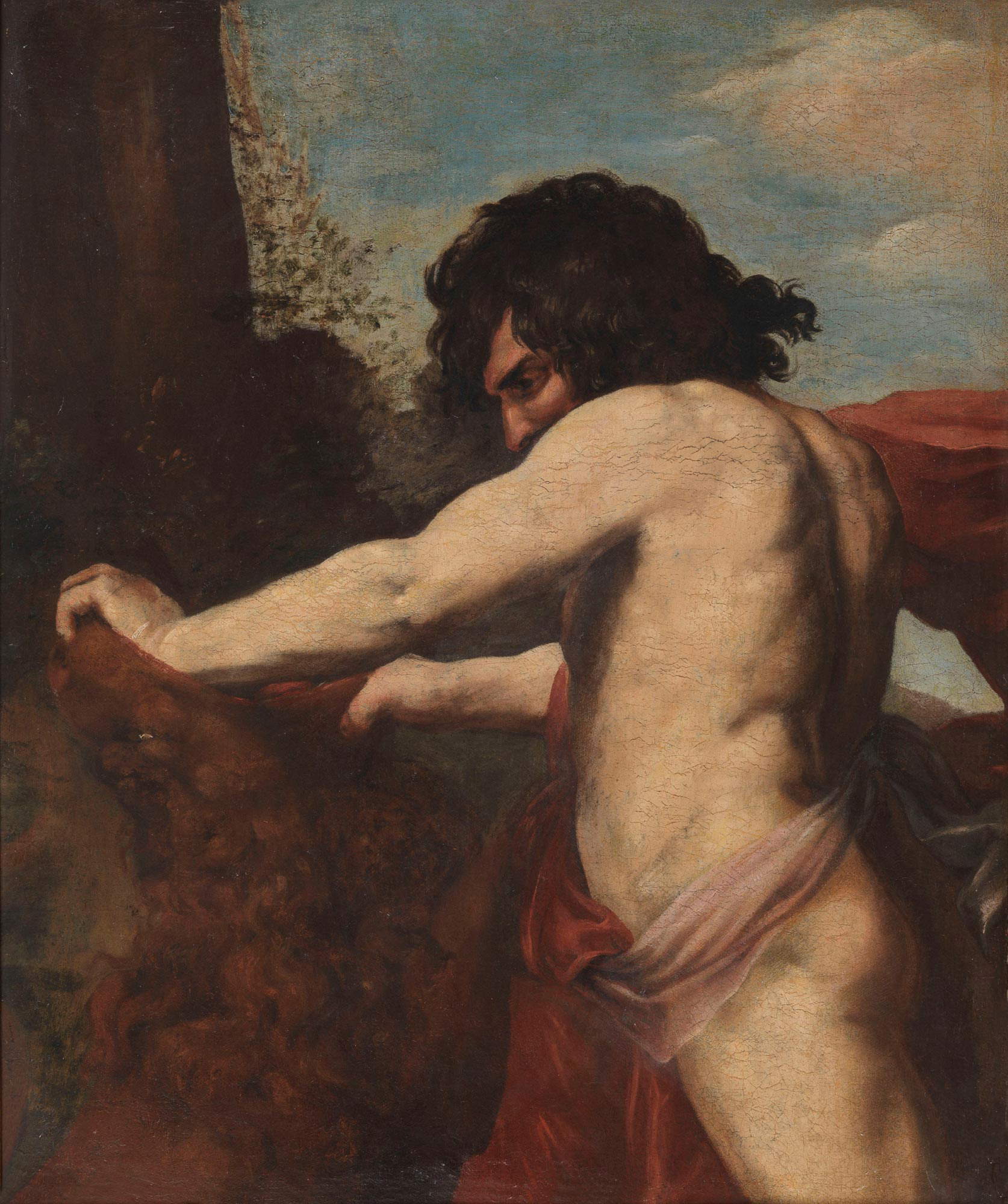
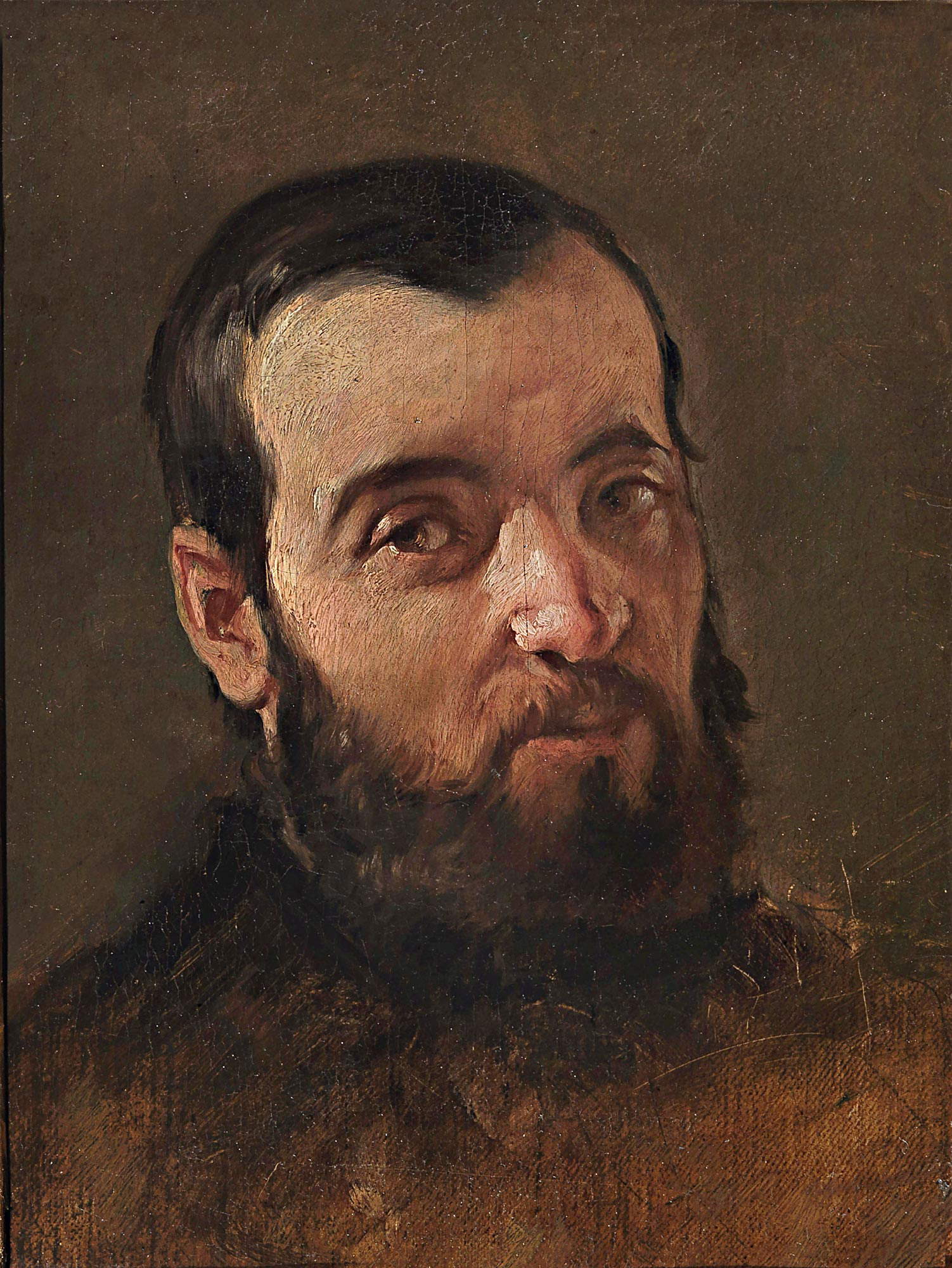
Shown to the public for the first time, the enigmatic canvas Samson and the Lion depicts man’s brutal encounter with the beast (Judges 14: 5-6). Still open to debate is whether the scene may represent another episode. equally drawn from the Hebrew Bible, in which David kills the lion (Samuel 17: 34-35). While both Samson and David are attested as popular subjects in Catholic Rome of the time, characteristics that have led critics to have little doubt about the work’s authorship include its high quality of execution, its wholly original composition of considerable dynamic force and not treated of other works by Bernini, and the sculptural rendering of the body comparable to the work of a master at the height of his maturity. The choice to show the figure in three-quarter view, the chromatic rendering of the background, and the counterpoint of light and shadow, combine to make the canvas assimilable to other works made by Bernini in the early 1730s.
Of remarkable quality, the portrait of the well-known missionary, geographer and cartographer Father Martino Martini (Trent, 1614 - Hangzhou, 1661), may have been executed during the Jesuit’s second stay in Rome. Around 1655, he was about forty years old, a date compatible with the age shown by the face depicted.
The good-natured and indulgent expression of the subject and the taste for the unfinished detectable in the touches of color on the rough canvas appear in line with the introspective outcomes of Bernini’s portraiture. As Francesco Petrucci, among the leading scholars on Bernini’s work, notes, "The impressionistic brushstrokes and a skillful use of highlights capable of making the face emerge from the half-light make the canvas a coherent expression of the neo-venetism of the Roman school of the first half of the following century, also tracing its authorship to Bernini’s more typical modes."
The exhibition is open Tuesday through Friday from 9 a.m. to 1 p.m., Saturdays and Sundays from 10 a.m. to 5 p.m. Full ticket 12 euros, reduced 10 euros. For info: https://www.fondazionezani.com
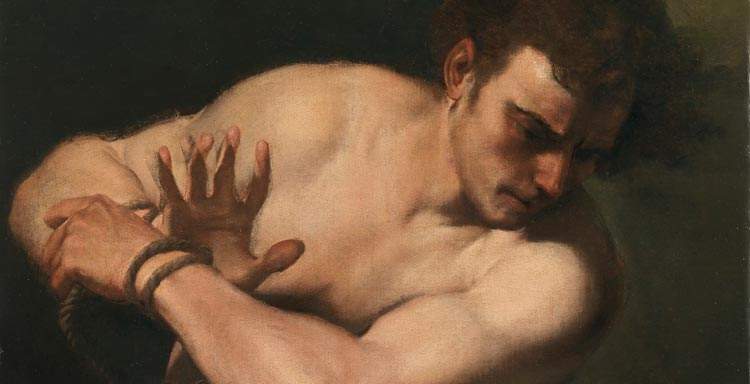 |
| Bernini painter on display at Zani Foundation: works from family collection |
Warning: the translation into English of the original Italian article was created using automatic tools. We undertake to review all articles, but we do not guarantee the total absence of inaccuracies in the translation due to the program. You can find the original by clicking on the ITA button. If you find any mistake,please contact us.




























